By J.J. Reichenbach
As an editor, I read a lot of first chapters and coach authors on what does and doesn’t need to be included in them. The rules vary a little bit depending on which genre you’re writing in (for example, literary works are allowed a much slower pace than would otherwise be acceptable, and fantasy grants more leeway when it comes to including exposition and worldbuilding than most genres), and which story structure you’ve chosen for your book (for example, crime fiction sometimes begins in the POV of the victim or the villain, not introducing the main character in the first chapter, while some books have multiple POVs that switch back and forth). But for the most part, the essence of first chapters remains the same. The following are some general guidelines for what your first chapter should and should not aim to include.
Hooks
All chapters should begin and end with a hook that makes them interesting and keeps a reader reading, but for the first chapter this is imperative. The first chapter (and particularly your first sentence, then your first paragraph, and your final paragraph, then final sentence) is your shot at capturing and keeping the attention of a potential agent, publisher, or reader. In a sense, your entire first chapter is a hook into your story, and it’s full of smaller hooks that catch readers and keep pulling them through the story along the way. That first line is the most important of all because if you don’t catch them there you won’t have a shot with the rest. Your first line has to be sharp, intriguing, and just odd enough to make the reader wonder what you’re on about and want to know more. It absolutely cannot contain any spelling or grammar errors, or clichés. This is good advice for the whole first chapter, by the way.
This first line leads your reader into the rest of your first paragraph if it has done its job, and your first paragraph will then have the same responsibility of leading the reader into the rest of the chapter. From there you’ve got more to work with and you’ve got the reader’s attention for a while—they trust you now, they’ll probably make it until the end of Chapter 1 so long as it isn’t too many pages (don’t tire them out, or you’ll lose them). Then you come to the last paragraph. The reader can see the end. They already have an idea as to whether or not they like the character and the premise so far but they’re still on the fence and you still have the chance to hook them into the rest of the book. The last paragraph has to go out with a bang. Set the reader up to crave Chapter 2—don’t let them put the book down, or you’ve lost them. Leave them salivating and with your final hook, that last line of Chapter 1, stick the landing and pull them into your next chapter. Never let them pause, blink, or hesitate. Make them flip that page and keep reading.
Your hook can make or break your chances of getting published. You absolutely must start strong and stick the landing with your opening chapter. Kill your darlings if you have to, but make it happen.
In Medias Res
Part of a great hook can include starting in medias res, which means “in the middle of things,” if this is what you feel works best for your story. Dropping your reader directly into the middle of the action of the story can be a great way to give them a fully immersive reading experience—a sink-or-swim shove off the edge of a dock—wherein they can quickly get to know the characters, the setting, and the basic premise with little to no exposition or hand-holding. This can be extremely effective if done well, but this doesn’t mean just dropping them into any action scene. You have to know exactly where your drop point needs to be, which leads us to the next part of a great hook…
Inciting Incident
Part of it is knowing when your story really starts. Your story really starts at your inciting incident, which is when whatever caused your Story Problem happened. If you identify your story problem (your main plot, or the major problem in your story that the Main Character has to solve), and identify the moment in time that it started, that’s your inciting incident and your ideal opening chapter would be to drop the reader right in the middle of that scene, that moment. Be careful not to go too far back here—it can be easy to say “Well, technically it started when Character A was born,” but that’s not usually the case. If you have, for example, an ancient amulet that is going to destroy the world if it falls into the wrong hands, we might think the inciting incident would be the forging of that amulet long before the MC was born, but that’s probably too far back. What we want is a scene where this problem first becomes relevant to the MC’s life, ideally (with the caveat that, yes, this is going to vary widely from story to story as each is unique), so in our example it’s probably going to be when our Archeologist MC discovers the amulet at a dig site and in that very moment is attacked by marauders and the amulet is stolen, starting the quest to get it back.
Exposition: Don’t Force-Feed Readers
To keep a chapter going and keep the reader reading, there has to be action in the chapter or scene—something has to be happening. If it’s too slow and there isn’t purpose behind it, especially in the beginning of a book, you’ve lost your audience (and if you’re looking for an agent, you’ve lost that chance). Anything that doesn’t move the plot forward actively needs to go. It’s unbelievable the difference it makes once you start cutting all the bloated writing that just doesn’t contribute to advancing your plot, or that’s really just exposition that should be worked in some other way.
Which leads to the major thing that Chapter 1 shouldn’t have too much of: exposition. As writers, we always assume that everyone wants or needs to know everything about the worlds we’ve created right at the start, but they don’t. I know, I know, it seems imperative, but hear me out. The readers don’t care. Not in Chapter 1. All of that information can be gradually sprinkled throughout the plot organically as it becomes relevant to the plot, and if possible you can show that information to the reader instead of telling it outright. It will be far more satisfying for the reader to learn a little bit at a time about the world rather than have it all at once—too much exposition is like sitting someone down and forcing them to eat an entire cake all at once; at first it’s okay but after a few bites it gets less and less appetizing and it just goes downhill from there. But if you draw that out in the form of more varied treats over the course of weeks (chapters), each bite is flavourful and delicious and they’ll crave more. So hold back on the exposition and backstory and trust the reader to figure it all out over the course of the story—give them a little bit at a time, and be especially sparing in Chapter 1 so they aren’t overwhelmed by it.
Other Responsibilities of Chapter 1:
Character
Beyond the obvious importance of the Hook, Chapter 1 is (usually) where your reader gets their first introduction to your main character, usually in some variation of that character’s Point of View. This is an important meeting, since first impressions are everything. Your MC is probably going to change and develop a lot over the course of the book, so who they are at the beginning won’t necessarily be representative of who they end up being, but the reader still has to want to spend the next 300 or so pages with this character. They have to care about this character enough to stick by them on their journey. This is not always an easy thing. Maybe your character is a jerk. Nothing wrong with that. Just be sure to give them some (any) trait that makes them in any way sympathetic or relatable, or even just interesting/entertaining enough for the reader to want to stick around and care what happens to them.
Worldbuilding/Setting
Chapter 1 isn’t a place to overdo worldbuilding or setting descriptions, as your main focus should be more on character and plot in most cases (with some exceptions made for fantasy as a genre), but you should definitely be starting to work some of your worldbuilding and setting into your first chapter, especially if it is really important to your story. The greater the importance, the more it should feature. Don’t fall into the trap of including too much worldbuilding-related exposition (like a 10,000 word dossier on the history of your kingdom which has no relevance whatsoever to your actual story plot), but do work it in organically where you can to give readers a sense of your world or of the setting in which your story takes place. It will make the story feel rich and vibrant, and the reading experience will be enhanced as a result.
Tone
Chapter 1 is also where you first establish the overall tone of your story. You tell your reader what they can expect from the rest of the book. Is it going to be funny? Dark? Gory? Romantic? As with genres, while you can do some genre-blending and that’s all well and good, you need to be up front about it. If you aren’t, your reader is going to feel misled and lied to. If they pick up what they think is a cozy romance and it turns out to be space opera sci-fi, they leave your book confused and frustrated. Similarly, if you establish a lighthearted tone in Chapter 1 but the rest of the book swings dramatically between dark and angsty to comedic to chipper to melodramatic, they are going to feel like they were misled by the book and they might worry for you personally. Establish the tone of your book in Chapter 1 and stay more or less within a reasonable range.
Stakes
It’s imperative in the first chapter that the reader not only cares about the main character and what happens to them (at least to some extent), but that the reader knows what the stakes are in the story. Now, this one can be a bit of a challenge, as you can have multiple levels of stakes (physical, life-or-death stakes, emotional, psychological, interpersonal/relationship, philosophical, etc.), and the stakes may either change as the story progresses or the character might not be fully aware of the stakes in the beginning. Nonetheless, readers should leave Chapter 1 with a rough idea about what the main story problem is and what the stakes are.
By stakes here, I mean:
- The character has a problem.
- The character has to make a choice in order to solve that problem.
- There are consequences to either making or failing to make that choice.
- What are those consequences? What’s at risk? Why should the reader be invested?
Here are some simple stakes scenarios:
- Character A has to stop Character B from blowing up the world, but to do that Character A will have to leave her family forever and go to outer-space. Stakes: let the world be destroyed and die with her family, or save the world and lose her family.
- Character A is engaged to Character B but is still in love with Character C. If he marries Character B, his family will be happy with him, but if he marries Character C he’ll be following his heart. Stakes: please family or follow his heart.
Conclusion
More than anything else, Chapter 1 is where your reader needs to get hooked into your story. However, Chapter 1 also has other responsibilities: an exciting introduction to the main character, reader’s find out what the main story problem is (or at least what the character’s problem starts out as) enough that they care about that problem getting resolved, worldbuilding and tone are established, and readers get a sense of what the stakes are (as in: the character has a problem, and there are consequences to succeeding or failing in solving that problem). Character, problem, and stakes need to be clear and riveting right in Chapter 1. That’s Chapter 1’s job. And of course, to get the reader wanting to read Chapter 2.
About the Author:
 J.J. Reichenbach is a professional editor by day and a horror writer by night. J.J. lives just outside of Calgary, with two affectionate hellhounds and bookcases full of nightmares. She is an avid traveller and likes to spend time in Thailand as often as possible, where she writes and edits on the beach. She specializes in gothic and supernatural horror, thrillers, and suspense.
J.J. Reichenbach is a professional editor by day and a horror writer by night. J.J. lives just outside of Calgary, with two affectionate hellhounds and bookcases full of nightmares. She is an avid traveller and likes to spend time in Thailand as often as possible, where she writes and edits on the beach. She specializes in gothic and supernatural horror, thrillers, and suspense.
- jjreichenbach.weebly.com
- https://tmorganediting.weebly.com
- https://www.facebook.com/jjreichenbachNIX/
- https://twitter.com/jjreichenbach


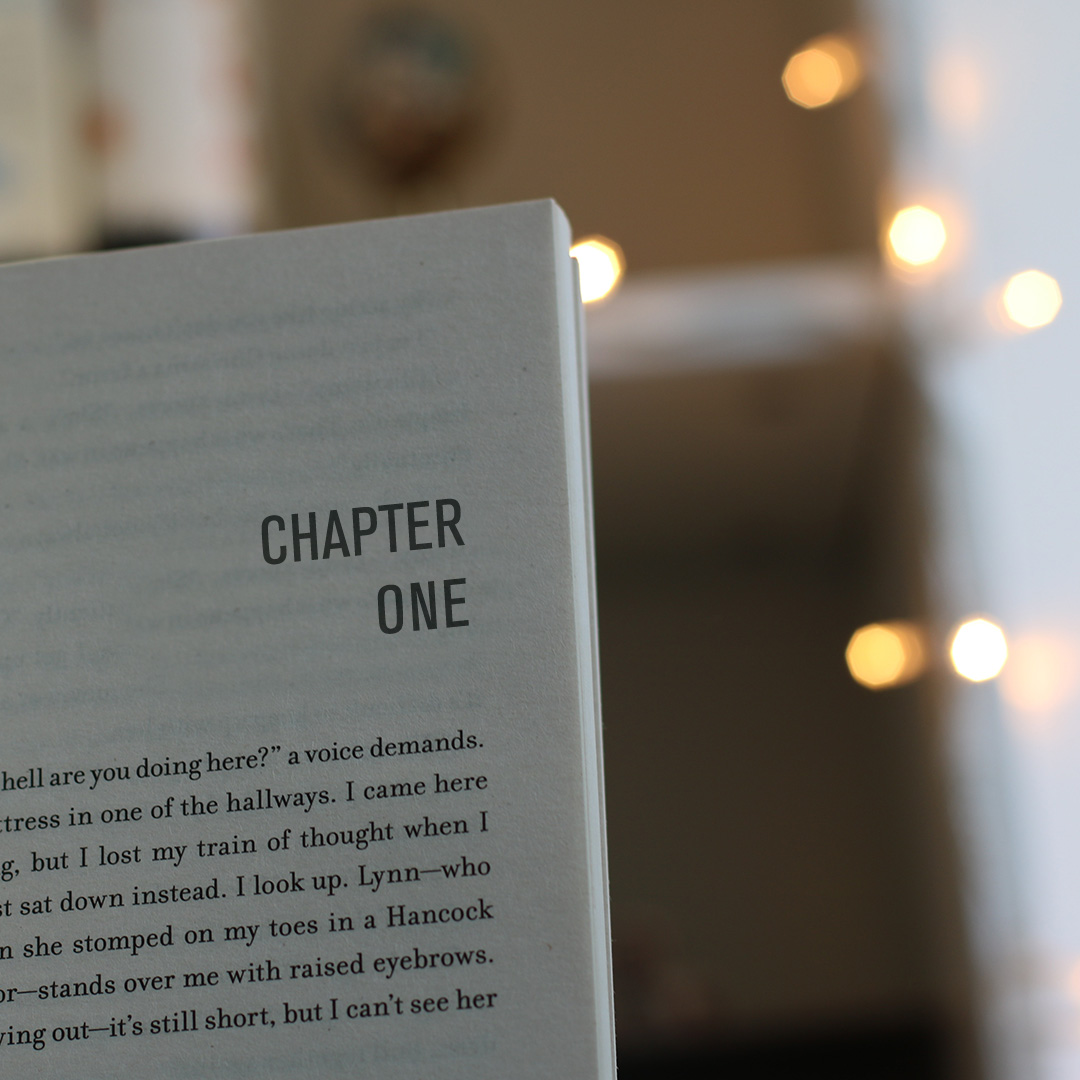

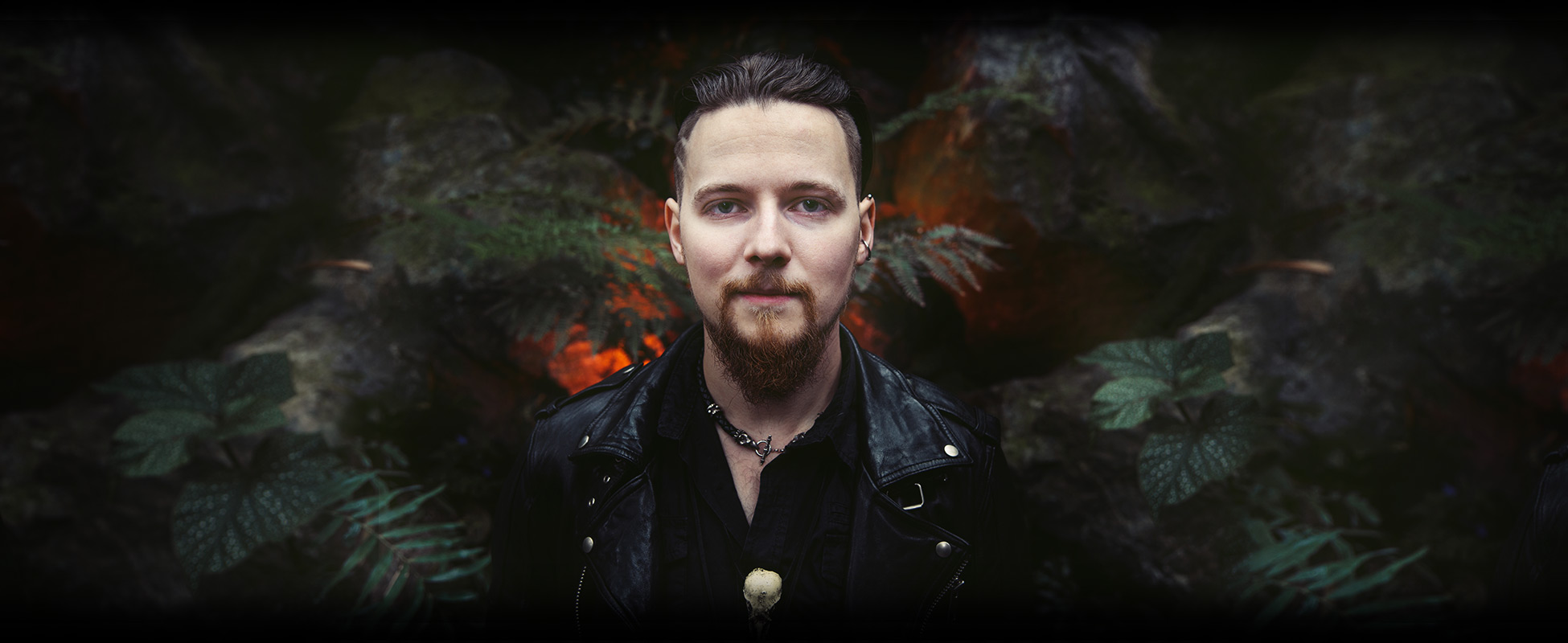

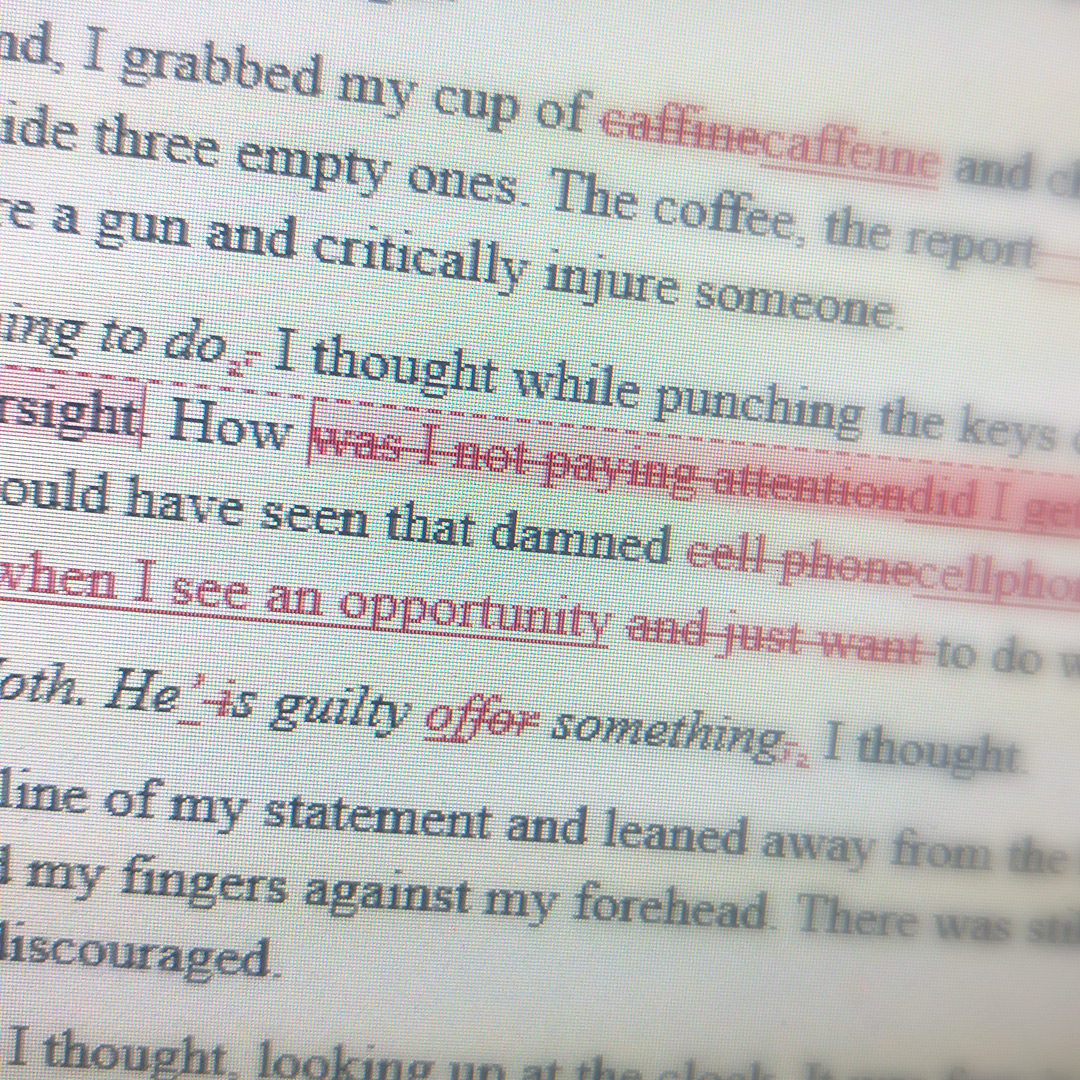
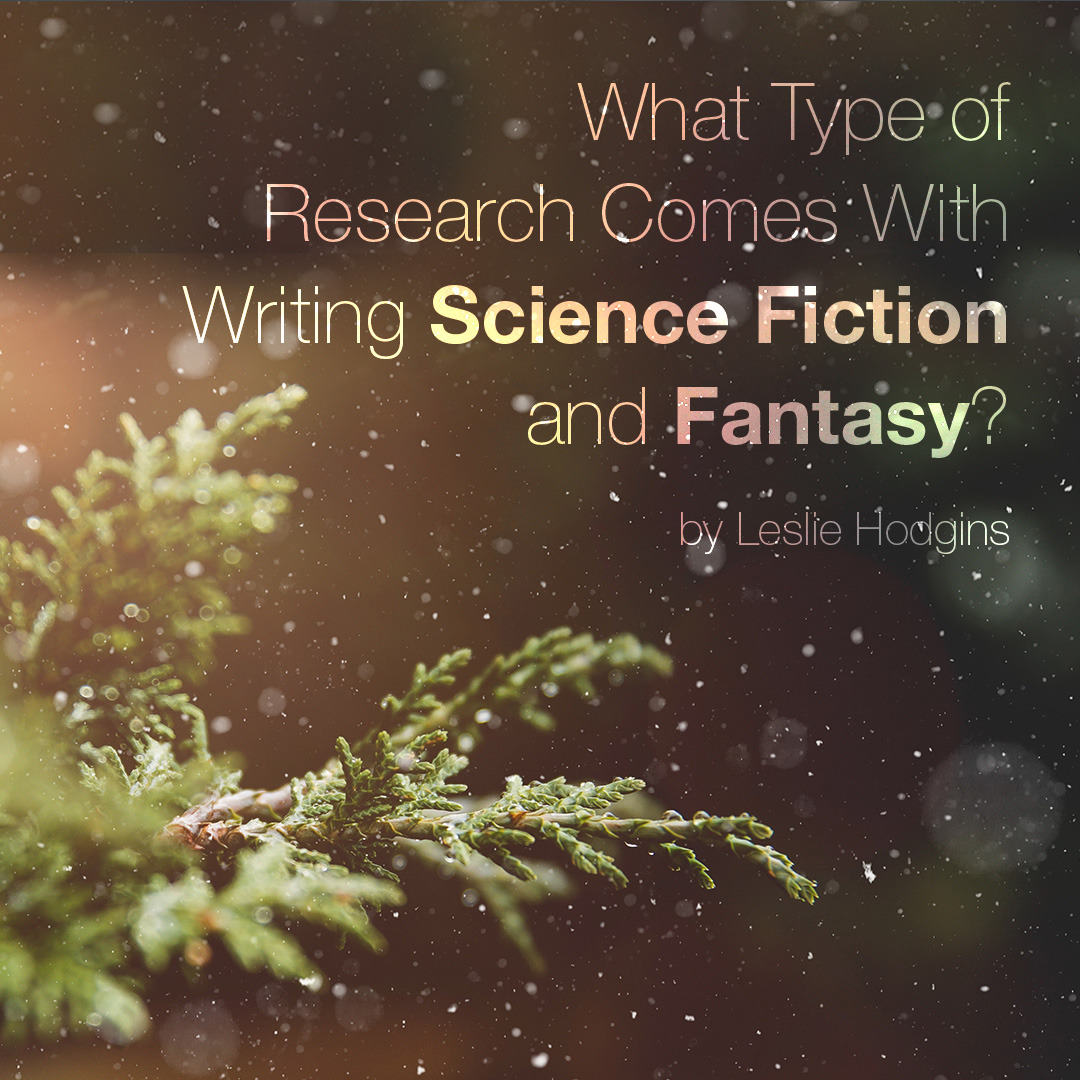
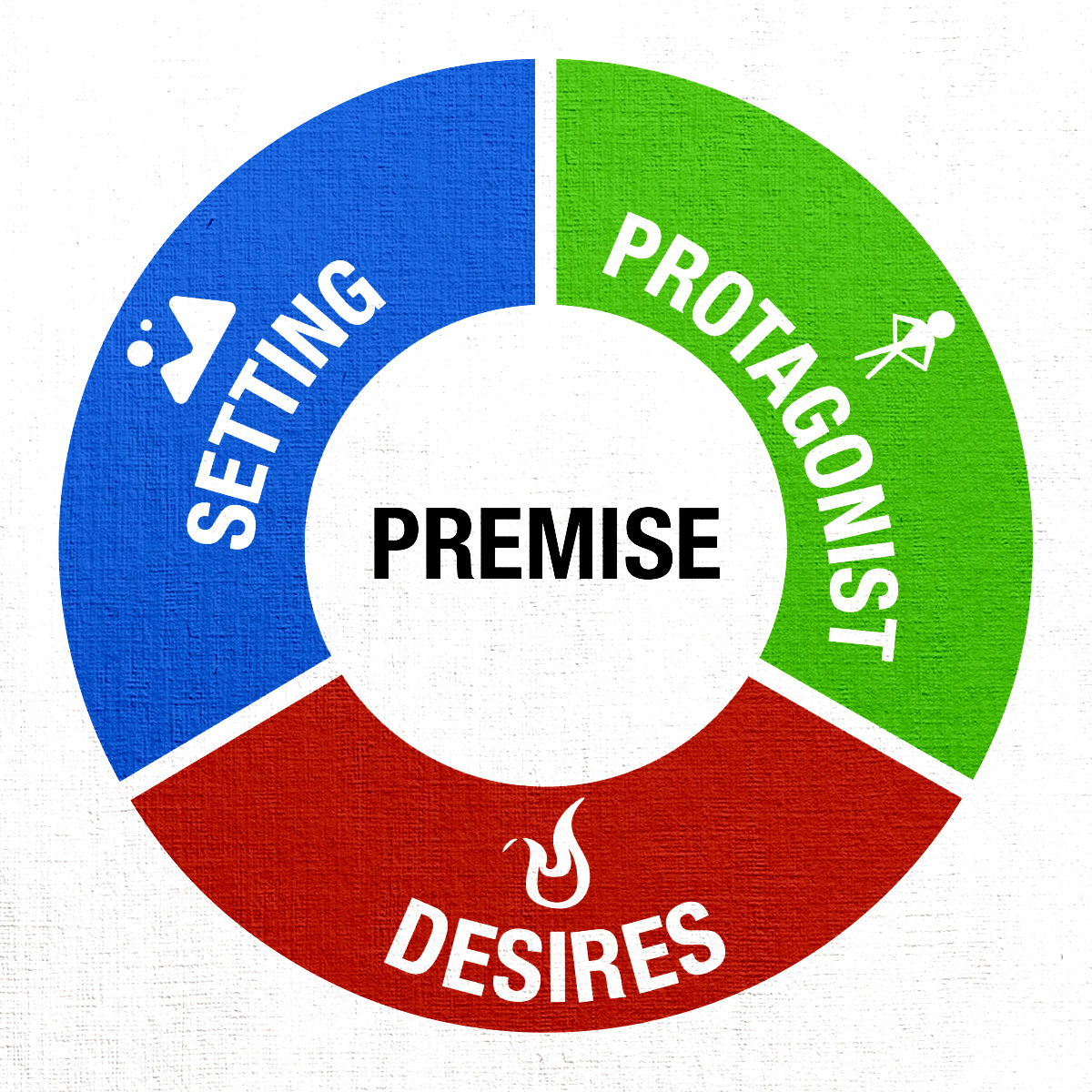

Julie
May 20, 2020 at 7:50 amFantastic article!!!! Love the to the point clarity on such an important piece of a book
Konn Lavery
May 20, 2020 at 9:26 amGlad you liked it! Great advice from J.J. Reichenbach.